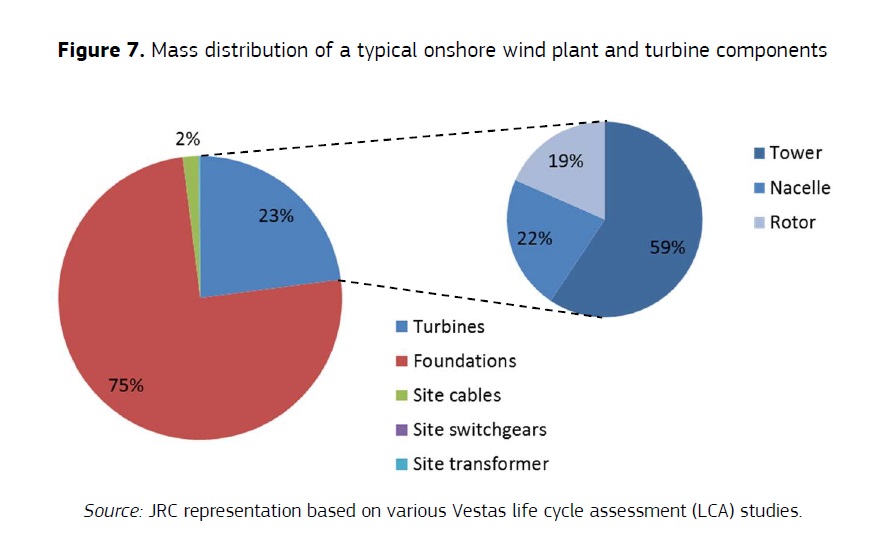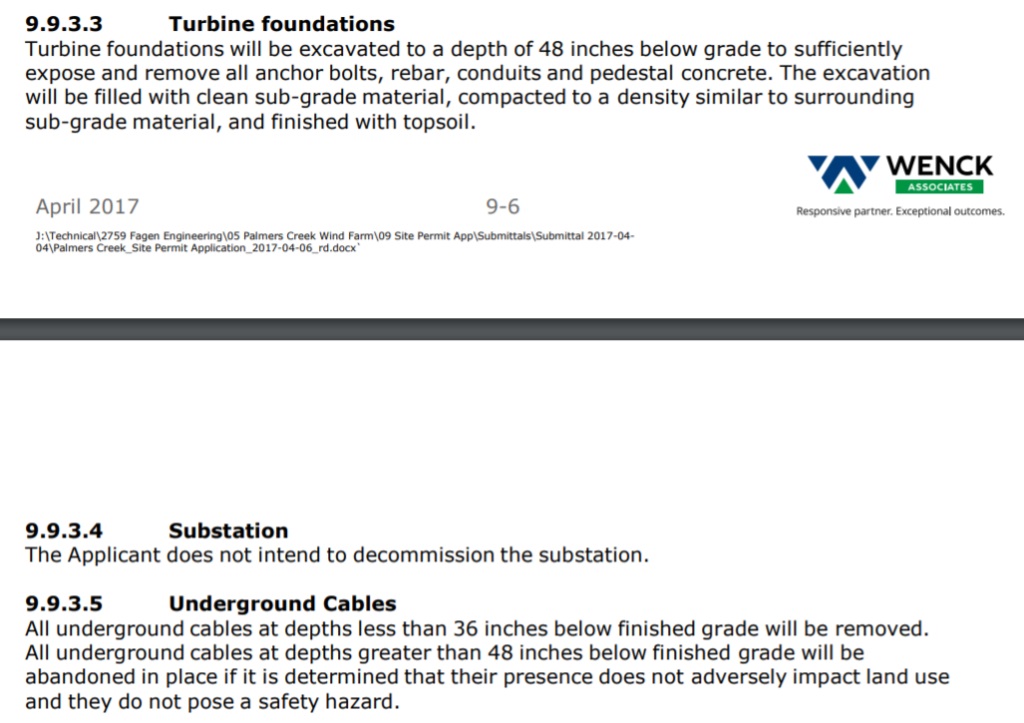74 percent of wind turbine mass is in the foundation
There is a growing awareness among the general public that wind turbines and solar panels may not be as green as people thought. Pictures of old wind turbine blades resting in landfills are bolting around the internet, and reports of the looming solar trash wave are starting to be taken seriously.
However, there is another environmental and land use consideration that accompanies the expansion of wind turbines that comes from their concrete foundations.
According to a study entitled “Raw Materials Demand for Wind and Solar PV Technologies in the Transition Towards A Decarbonized Energy System,” published by the European Commission, approximately 75 percent of the mass of a wind turbine is in the foundation.

According to the report, wind turbine foundations consume between 243 to 400 tons of concrete per megawatt (MW) installed. This means a typical wind turbine, like the 2.5 MW turbines installed at the Palmer’s Creek Wind facility in Minnesota, required between 607 to 1,000 tons of concrete.
Most of this concrete will remain in the ground indefinitely because according to the reclamation plan for Palmer’s Creek, Xcel Energy will only remove the first 48 inches (four feet) of concrete from the facility when it decommissions the wind turbines. Concrete deeper than four feet will be left in the ground.

This reality represents more of a land-use issue than an environmental one. After all, concrete is everywhere in our modern lives and if it had serious environmental drawbacks we would hear about it every day.
However, landowners who are approached by wind companies should understand that leaving most of the concrete used for wind turbine foundations in the ground is common, and it may impact the value of their land in the future.
For example, if you’re a farmer who puts wind turbines on your property. The leases typically last for 20 to 30 years, and then the wind turbine is torn down and reclaimed, except for any concrete or cabling below four feet.
This typically wouldn’t present a problem for crop cultivation, but it could present problems selling the land for other uses in the future, such as residential housing development. Basements are typically dug deeper than four feet, so adequate mapping of the location of the turbine foundation and cabling would be important for future land use considerations
All energy sources have impacts on the environment, and it is important to have a thorough discussion of the costs and benefits of each energy source so we can make the best decisions moving forward. In this respect, wind turbines should not get a free pass from scrutiny.